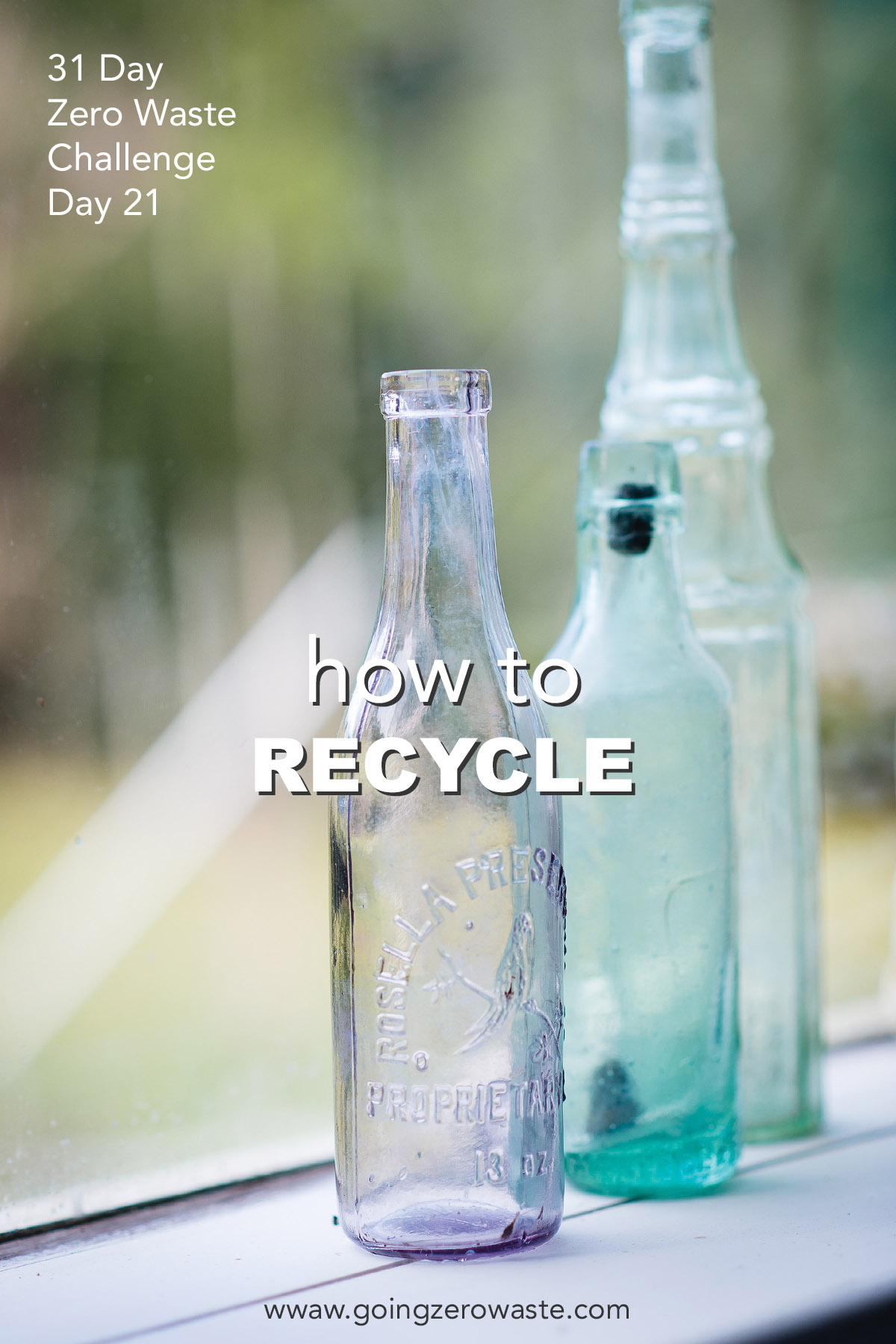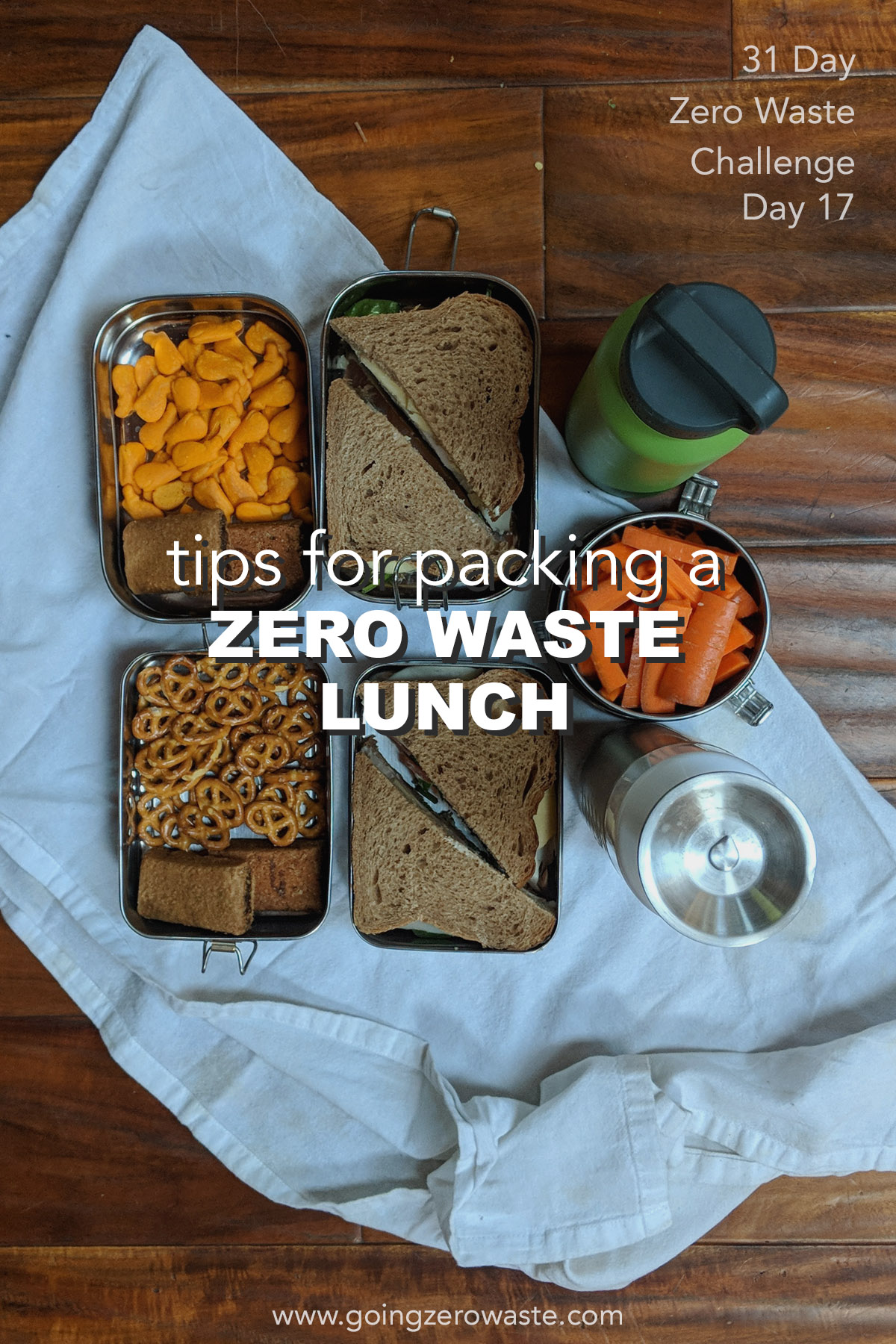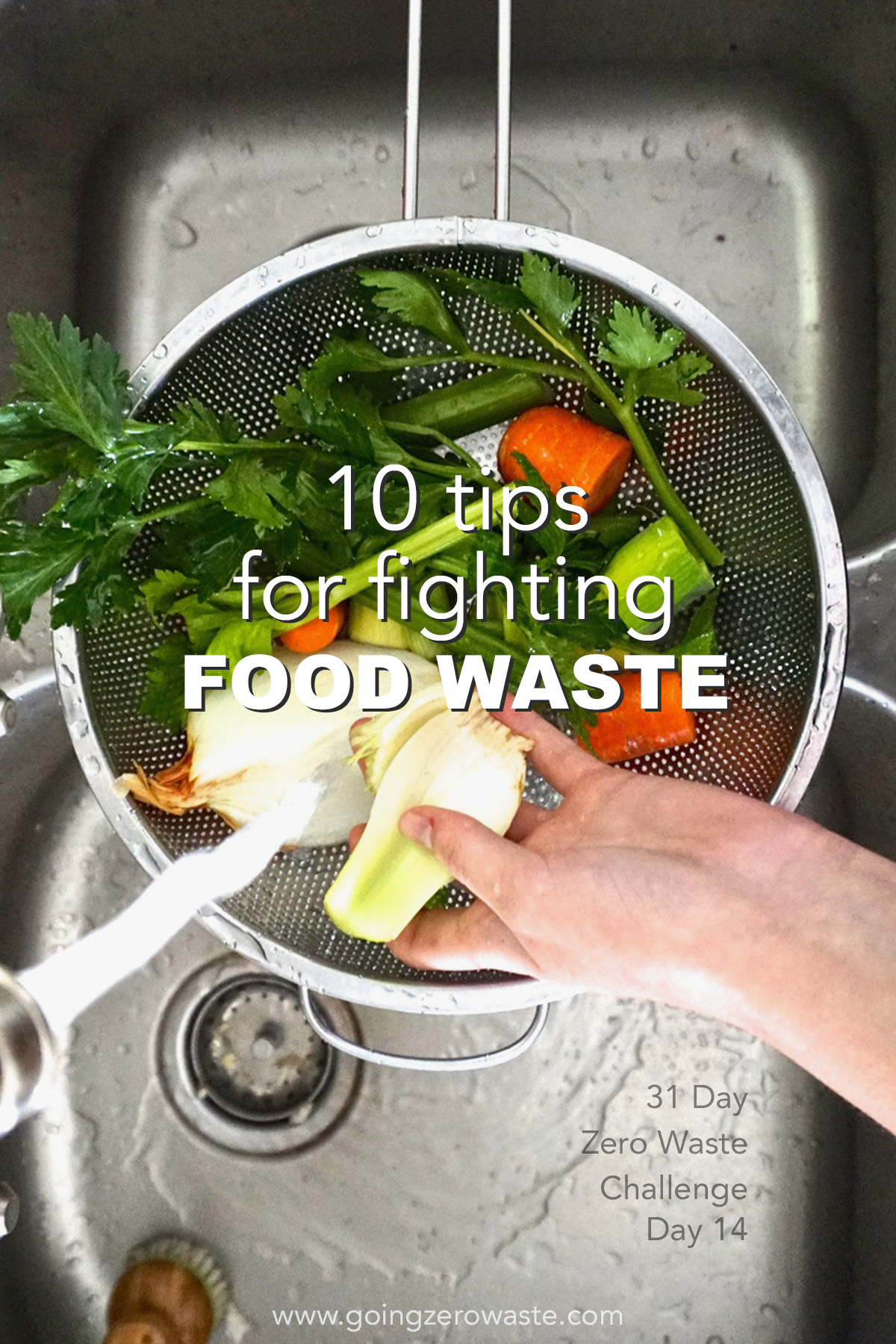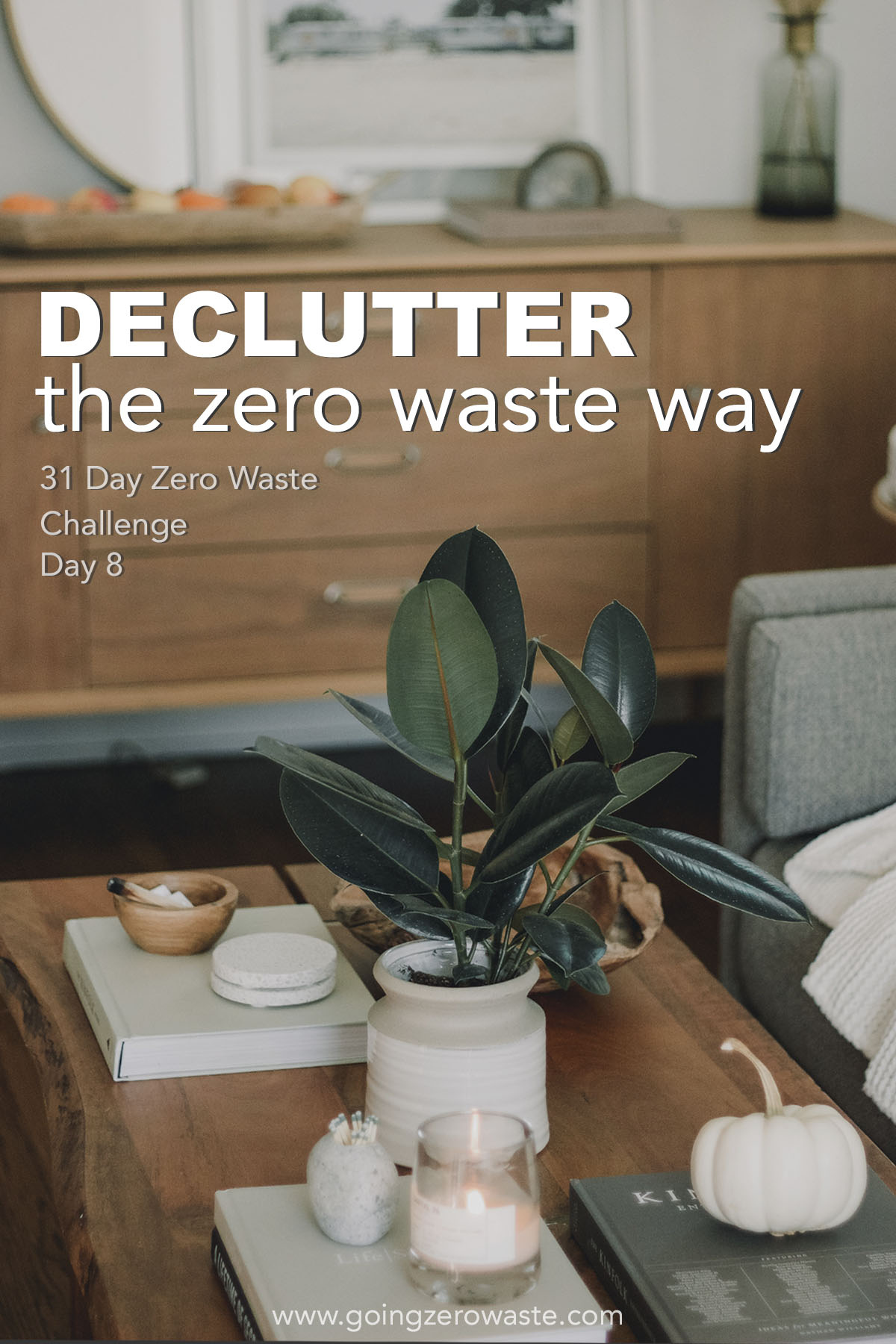It’s day ten of the zero waste challenge!
The beginning of the challenge focused on simple swaps like bringing your own water bottle and bags to the grocery store. Now, we’re entering into the second phase of the challenge. These changes are lifestyle changes. They’re going to take a little more time, but they’re going to have a huge impact on the amount of trash you create like learning to make your own snacks and composting.
Today we’re talking ALL about composting.
Half, yes, HALF of a household’s weekly waste could be composted!
When I went zero waste, composting was the number one thing that had the biggest impact on how much I was throwing out each week.
The food scraps you produce in the kitchen (think carrot peels, egg shells, coffee grounds) can create beautiful compost which is SO MUCH better for the environment then trapping these food scraps in a landfill.
Today, I challenge you to find a composting method that works for your living space.
Prefer video content? Scroll down to the bottom of the page.
the problem:
Composting is one of the best things you can do for the environment. Almost 20 percent of methane emissions in the United States come from organics unable to completely break down in landfill. Methane is 30x more powerful than your average Co2.
So, composting could go a loooooong way for cutting our green house gas emissions!
Confused on what you can and cannot compost? No worries: Here’s a list of what you can compost.
Compost: Organic matter, egg shells, nut shells, coffee grounds, tea, non plastic tea bags, fruit and vegetable peels, stalks, cobs, kitchen scraps, non-plastic coated paper products, natural fibers in small pieces, flowers, grass clippings, branches, leaves, herbivore manure, vacuum dust, dryer lint
Don’t compost: *Meat, *bones, *fish, *dairy, *grease and oil, bleached or laminated paper products, omnivore manure, materials sprayed with pesticides, cat litter, coal ash, *large pieces of wood, coffee cups, “compostable plastics”
* There are some items on this list that are acceptable for municipal composting, such as meat, bones, fish, dairy, grease and oil, and large pieces of wood. But otherwise, you should not compost these at home.
Now that you know what you can and cannot compost, you might wonder how to go about doing it. There are so many different methods.
the solution:
where to compost:
If you have a backyard, you have it pretty easy. You can have a tumbler bin, an enclosed bin that stands alone, a worm bin, or you can even do trench composting.
Trench composting is when you dig at least a foot deep and you put your scraps in and you bury them. You want to make sure you’re digging pretty deep though so that way animals aren’t going to come in and dig them up.
Check out the full zero waste guide on Backyard Composting.
If you live in an apartment, there are other ways to compost as well, such as bokashi bins, electronic composters, and even worm bins which are great for indoors because the worms need to have stable temperatures..
Also, if you have a small balcony, a tumbler compost bin would work just fine. You don’t have to have any sort of ground for that.
Check out the full zero waste guide for Composting in an Apartment.
Composting can be difficult in a small, confined space. Thankfully, you still got options!
USE A SERVICE: See if your city offers you municipal composting. There might even be a local company that offers a service like Compost Now or The Urban Food Loop. A quick google search should turn up composting near you.
USE AN APP: You can also use the compost database from Litterless. Also, check with the app Share Waste so you can find new friends with compost bins near you!
JOIN THE CLUB: See if you can join a local gardening club. They typically have compost bins outdoors and you can drop your scraps off.
HIT THE MARKET: Ask your farmers if you can bring your fruit and vegetable scraps to them to compost.
Often times people buy things like carrots or beets and they take the tops off and they hand them back to the farmer (which you shouldn’t do, since those are totally edible).
Typically, the farmers take them and compost them at their farm, so asking them if you can bring your own food scraps isn’t something outrageous.
how to store your compost:
A great idea would be to invest in a compost pail and place it on your kitchen counter so it’s easy to place your food scraps into as you cook. That way, if you decide to dump your scraps off at a garden or farmers market, it makes your life easier.
Compost pails usually have a handle which allows for easy transport, and a charcoal filter which prevents odor. They’re also usually made out of stainless steel, so they’re highly durable and will look lovely on your countertop.
If you’re short on counter space, you can save all your food scraps in a reusable container of your choice and just freeze them until you get the chance to drop them off at your chosen location. This prevents them from smelling bad, and keeps the flies away.
I like to keep mine in a metal mixing bowl!
avoid food waste:
Of course, before we even get to compost, we should always ask ourselves, “Could I eat that?” Like you can make vegetable broth from food scraps! So, before you go composting your kitchen scraps, consider giving them a second life by making some healthy vegetable stock.
But, we’ll talk more about avoiding food waste later in the challenge.
There are a ton of options, so I challenge you to google composting, see what’s around your town, see what your best option is, and then implement it.
take the challenge!
Over the next 21 days, your challenge is to start composting. If you live in an apartment, consider freezing your food scraps and donating them to your local farmers market or community garden.
If you have a backyard or a balcony, invest in a tumbler or enclosed bin to put your food scraps into. Composting really helps cut back on food waste and gives you an amazing soil conditioner for free (your plants will absolutely thrive in homemade compost)!
Will you be taking the challenge?
want more?
Just starting out? Have 1,000 burning questions!? Get access to my private Facebook group, where I’ll be hosting weekly lives throughout the challenge and I answer all of your most pressing questions.
I’m the head content creator over at pelacase.com and have partnered with them to create an email version of the challenge. I will be sending out weekly recap letters with Pela if you’d prefer to have this challenge in larger chunks and delivered straight to your inbox.
PLUS! I’ll be sending out a brand new e-book at the end of the challenge called the Game On Handbook. Which is all about individual ways to fight climate change. You don’t want to miss it.































